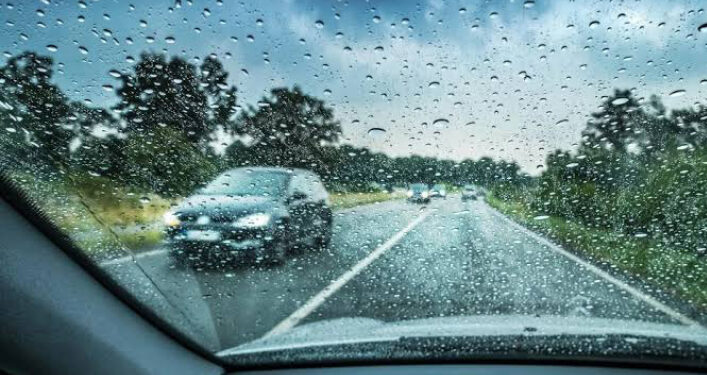MAKE SURE YOUR CAR’S EQUIPMENT WORKS.
Before driving in the rain, make sure your headlights, tail lights, and windshield wipers work well. These are all critical for good visibility. You should also check that you have sufficient tread on your tires. Bald tires have poor traction, even in the best road conditions.
DRIVE SLOWLY
Although it’s always important to follow the speed limit, you should make a point to drive considerably slower than normal when it’s raining. In wet weather, it takes much longer to come to a complete stop.
USE YOUR WINDSHIELD WIPERS
It might seem like common sense to use your windshield wipers, but it’s not uncommon for drivers to forget to turn them on in light rain. Your windshield wipers should clear raindrops from the glass in one swipe without smearing them or leaving streaks.
NEVER SPEED THROUGH STANDING WATER
Once you sight standing water ahead, ensure you reduce your speed. Driving through standing water with high speed can cause hydroplaning to occur. Hydroplaning is when you lose traction and skid across the surface of the road.
KEEP YOUR DISTANCE FROM OTHER CARS
Since your car’s reaction and braking time are longer in wet conditions, you should always double the following distance between your vehicle and the one in front of you.
VENTILATE YOUR VEHICLE
Rainy weather increases the humidity in your car, which is why the windows get foggy. Using the defroster will help get rid of some of the humidity, but you can help it clear the fog faster and more efficiently by cracking a window.
PULL OVER IF YOU HAVE TO
If you can’t see cars in front of you, or you’re having a hard time controlling your vehicle, pull over and wait for the weather to improve if you can safely do so.



